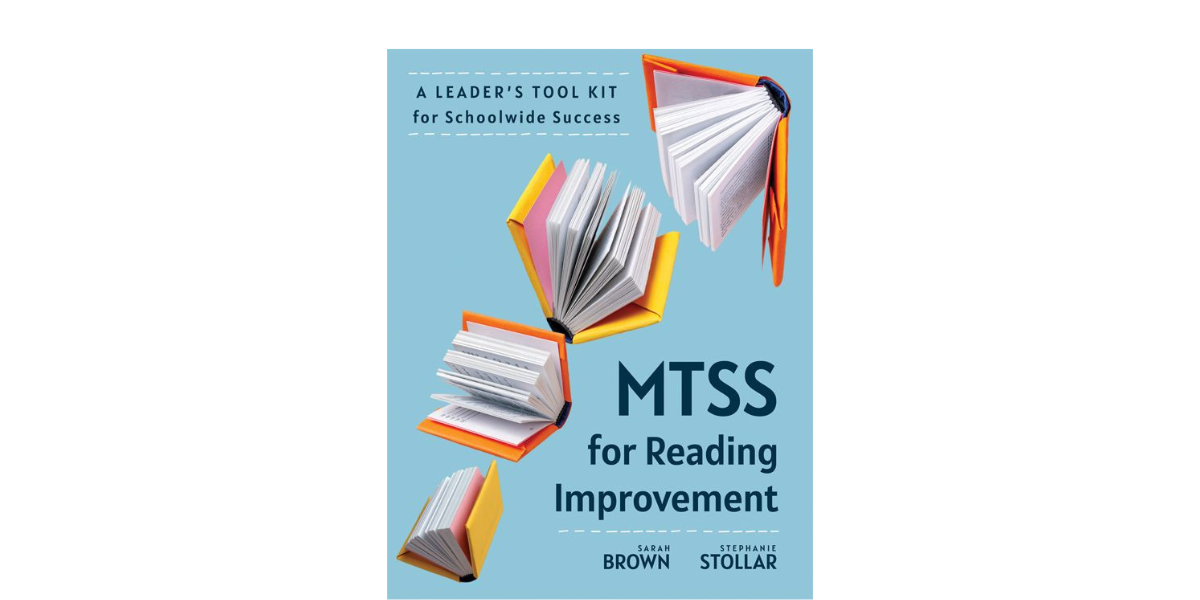Small Group Q & A
As teachers move away from balanced literacy instruction grounded in using leveled text and "word solving" based on the text's meaning, syntax, and visual information, several practical questions emerge about classroom grouping practices.
How much time to spend in whole group vs. small group?
Universal screening data should help answer this question. If most of your students score at the same level on a skill, it makes sense to teach it in a whole group format. However, if there is a wide range of performance on a skill, it might be better to use targeted small group instruction.
Many times, this sorts out into teaching vocabulary listening comprehension, and background knowledge in whole group, and phonemic awareness, phonics, fluency, and reading comprehension in small groups.
How to put students into small groups?
Universal screening data that indicates the essential early literacy skills provides a starting place for forming small groups. Basic patterns of strengths and needs can be used to differentiate and target small group instruction based on where students are in the sequence of skills within and across grades. Once initial groups are formed, they can be refined based on more specific diagnostic assessment data.
What to do while you are in small groups?
The same basic lesson format can be used for all groups, but the new skill at the heart of the lesson varies. The general sequence moves from saying the sounds in words, to mapping sounds to letters, to reading and writing words in isolation, to reading text and talking about the meaning. A free resource that uses this lesson format is West Virginia Phonics.
What are the other students doing while you are with a small group?
The direct instruction students receive when they are in small groups can be enhanced with additional practice. Frequent, distributed, and cumulative practice is necessary to move students from accurate reading to the fluent, effortless, automatic reading that facilitates comprehension. Carefully designed partner practice is one option while the teacher is working with a small group.
I hope these ideas and resources help move you toward better reading outcomes. Check out this video on my Facebook page, Stephanie Stollar Consulting, for additional inspiration.
Feel free to reach out with feedback and questions.

Dr. Stephanie Stollar is the founder of Stephanie Stollar Consulting LLC and the creator of The Reading Science Academy. She is a part-time assistant professor in the online reading science program at Mount St. Joseph University, and a founding member of a national alliance for supporting reading science in higher education.
You can follow Stephanie Stollar Consulting and the Reading Science Academy on Facebook, YouTube, Twitter, Instagram and LinkedIn, and contact her at [email protected].
⭐️ Get Dr. Stollar's free resources on the science of reading here! →


